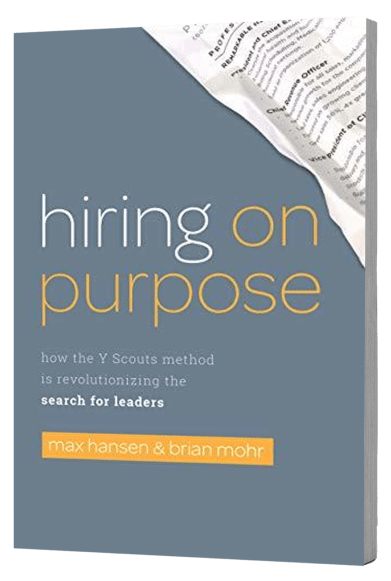If you’re searching for your next executive, the worst mistake you can make is assuming the best candidates are looking for you. They’re not. They’re too busy delivering impact in roles they love-often in companies like yours. So how do you reach them? How do you find someone who doesn’t even know they’re available yet?
That’s where covert mapping comes in. And as any good executive recruitment company will tell you, if you’re serious about leadership hiring, you can’t afford to ignore it.
Table of Contents
ToggleWhat Is Covert Mapping, Really?
Covert mapping is not your average LinkedIn search. It’s a proactive, behind-the-scenes process used by high-performing executive recruitment companies to uncover potential leadership candidates.
It involves identifying talent clusters in companies similar to yours, analyzing organizational structures, pinpointing individuals who have a proven track record of outcomes, and quietly building a pipeline of aligned leaders. This happens without public job postings, and often without the candidate knowing they’re being mapped-until the timing and opportunity are right.
You’re not just sourcing people. You’re reverse-engineering excellence.
Why You Need Covert Mapping (Even if You Think You Don’t)
You might think you’ll find your next COO, CMO, or Integrator through inbound applications or industry referrals. And maybe you will-but the real question is, are you getting the best possible match, or just the best person who happened to be available? Here’s how covert mapping can level up your hiring process.
Confidentiality
If your search is mission-critical and discreet, covert mapping is non-negotiable. Consider an executive search in competitive sectors like fintech or during critical moments like an acquisition. You need confidentiality to avoid tipping competitors or signaling instability within your organization.
Richer Talent Pool
Covert mapping grants access to high-caliber, passive candidates who do not check job boards. Traditional recruitment may attract qualified people, but it opens the opportunity to an unfocused and uncontrolled audience and ignores the ideal CIO, COO, or CMO who is thriving in their current position. A selective approach preserves candidate quality and brings leaders you would otherwise never consider.
Sensitive Approach
Covert mapping takes a sensitive approach to respect potential candidates’ situations. For example, a leader in a high-profile software development company cannot actively investigate a job posting without raising red flags for the company and impacting their career. Tech executive headhunters use covert mapping to connect potential candidates to opportunities without disrupting current roles or business outcomes.
How Executive Recruiters Approach Covert Mapping
If you’re partnering with a retained executive search firm, covert mapping sits at the heart of your search strategy. A well-executed covert mapping process includes several key stages:
1. Discovery and Profiling
A recruiter will begin by aligning with your goals for the role. This goes beyond titles and qualifications. They help you define target industry segments, company size, leadership DNA, cultural fit, and key success metrics for the role.
2. Network Intelligence
The executive search firm taps into industry contacts, referrals, and passive outreach channels. Don’t expect to see evidence of their actions at this phase as recruiters handle this quietly. Using guided conversations, they gently and discreetly test for readiness and interest from their intelligence channels. They may connect with former colleagues, trusted advisors, or sector experts who can point to potential leaders.
3. Discreet Outreach
C-level recruitment companies will keep your name and company unrevealed while sending selected individuals private invitations to explore an opportunity. They engage with potential candidates in a confidential conversation before discussing a formal role. Expect an early-stage shortlist within a few weeks.
4. Targeted Screening and Vetting
The recruiter filters candidates by technical skill and alignment with your vision. They confirm whether each candidate is as promising as they appear through behavioral interviews, culture assessments, and reference checks. Top firms provide you with personalized candidate narratives that spotlight alignment with your ecosystem before unveiling the top matches in an insight-driven presentation.
Search firms usually deliver two to three strong candidate profiles after covert mapping. That means you’re evaluating real talent aligned to your strategic framework, without the noise or pressure of a public search.
What You Can Do Today
Even if you’re not ready to launch a full executive search, you can begin covert mapping internally.
Start by asking:
- Who are the top-performing leaders in organizations we admire?
- What leadership traits consistently deliver results in our space?
- Where would we look if we had to replace our most critical executive tomorrow?
Confident Hiring
If you’re still relying on résumés, job boards, and reactive hiring, you’re competing in a crowded, shallow pool. Covert mapping opens the gates to deeper, better-aligned talent before anyone else gets there.
You don’t just want a candidate who can do the job. You want someone who’s already doing it—and doing it with purpose. Covert mapping helps you find that leader before the market does.
If you’re ready to shift from transactional hiring to transformational alignment, it’s time to look behind the scenes.



